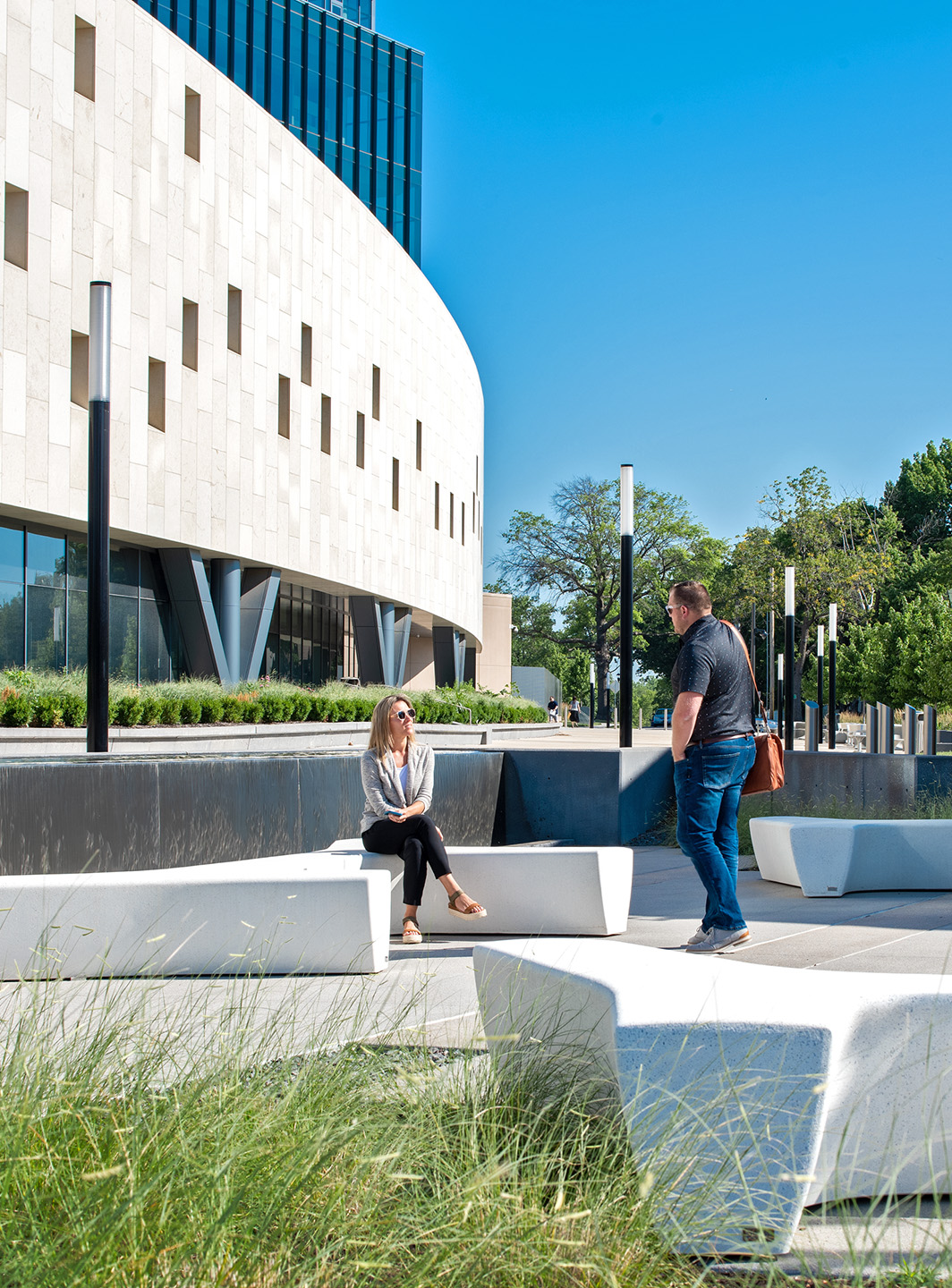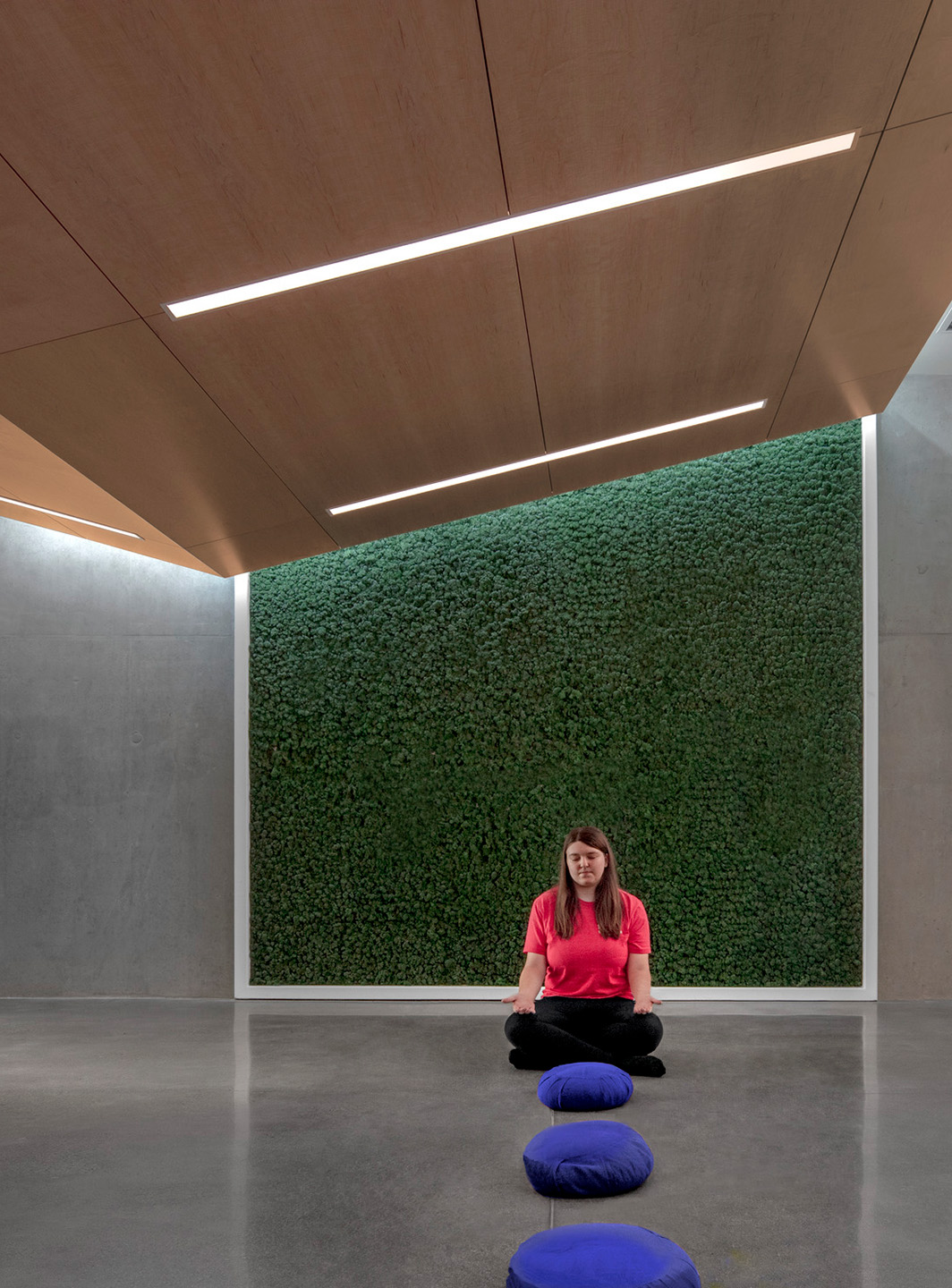How building condition assessments help facility planners meet their goals
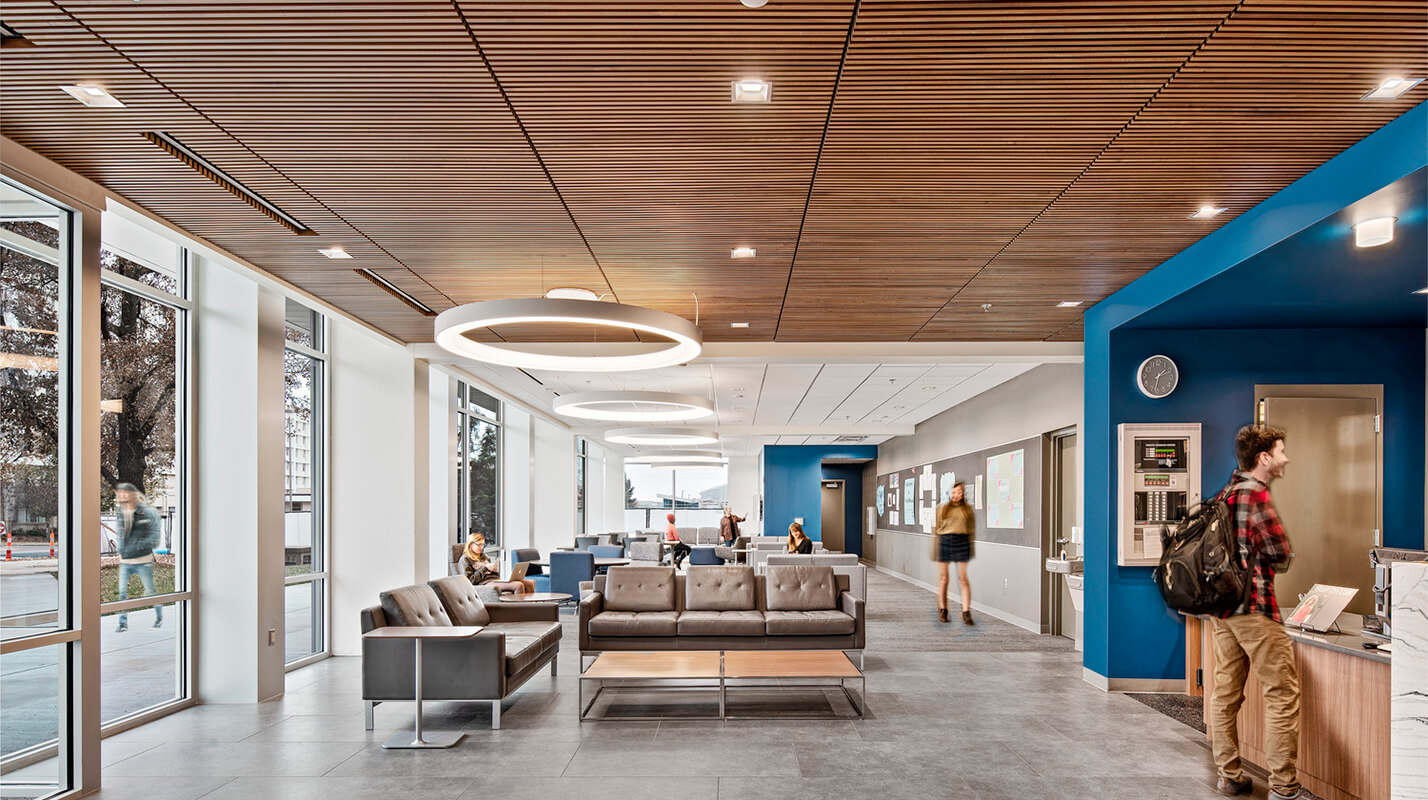
Building condition assessments can help prioritize your needs
Explorers have maps, chefs have recipes, coaches have playbooks, and college and university students have handbooks and syllabi. Similarly, university administrators and facility planners use Building Condition Assessments (BCAs) to guide decision-making and responsible use of capital expenditure and maintenance funds to accomplish goals.
The assessment involves a process of methodical evaluation that analyzes the value of facilities so that decision-makers can prioritize and allocate resources for capital expenditures and operational maintenance. BCAs provide data to guide decisions between renovation or demolition, prepare realistic capital improvement budgets, and create practical maintenance programs.
BCAs answer questions such as:
- What do you own?
- What is its worth?
- What condition is it in?
- How functional is it?
- Is it energy efficient?
- What are priorities for long-term planning
- Is there a plan for deferred maintenance?
With a sound BCA in hand, college and university staff have “information to positively impact the student experience,” says Teresa Frederick, associate director of facilities management at Missouri State University. “Many facilities departments capture building asset data, yet they miss out on professional insights.” Teresa recently completed such an assessment with Treanor professionals.
Third-party research was more thorough than what we have, and it was objectively produced by experts in those areas. It is not a one-size-fits-all process, and we customized what we needed for each building on campus.
Teresa Frederick, Associate Director of Facilities Management at Missouri State University
The comprehensive BCA process
A typical BCA process includes four main phases, which are generally linear. The work becomes more iterative during later phases as the project team works with stakeholders to make tailored decisions that meet goals and objectives.
Phase 1: Vision
The first phase is vision. This step is used to determine the purpose of the assessment, identify desired outcomes, and consider what is affected by the results. For example, will the BCA be used strictly for prioritizing and scheduling capital improvements and repairs, or will it also inform decisions regarding program changes and facility adaptations? What components of the strategic plan could be impacted by BCA results? Answers to these questions help to inform what the assessment should include and how the data are presented. “The team should be very familiar with the facilities prior to the actual investigation,” says Dick Tilghman, retired associate principal at Treanor.
Phase 2: Investigation
The second phase is investigation, which involves gathering in-depth information about facilities, classifying deficiencies, and preparing cost estimates for repair or replacement. Information includes record drawings, as-builts, hazardous material surveys/reports, warranties, and both written and verbal maintenance history about problematic components. The data points are significant and include building names and numbers, year constructed, size, general description, building systems, and history of renovations and additions.
From there, the team prepares drawings using 3D modeling software. A preliminary building code analysis may be performed, noting the building’s occupancy group and construction type, emergency egress systems, life safety systems, accessibility, and noncompliance issues that may be evident. All data is compiled into a single database for analysis.
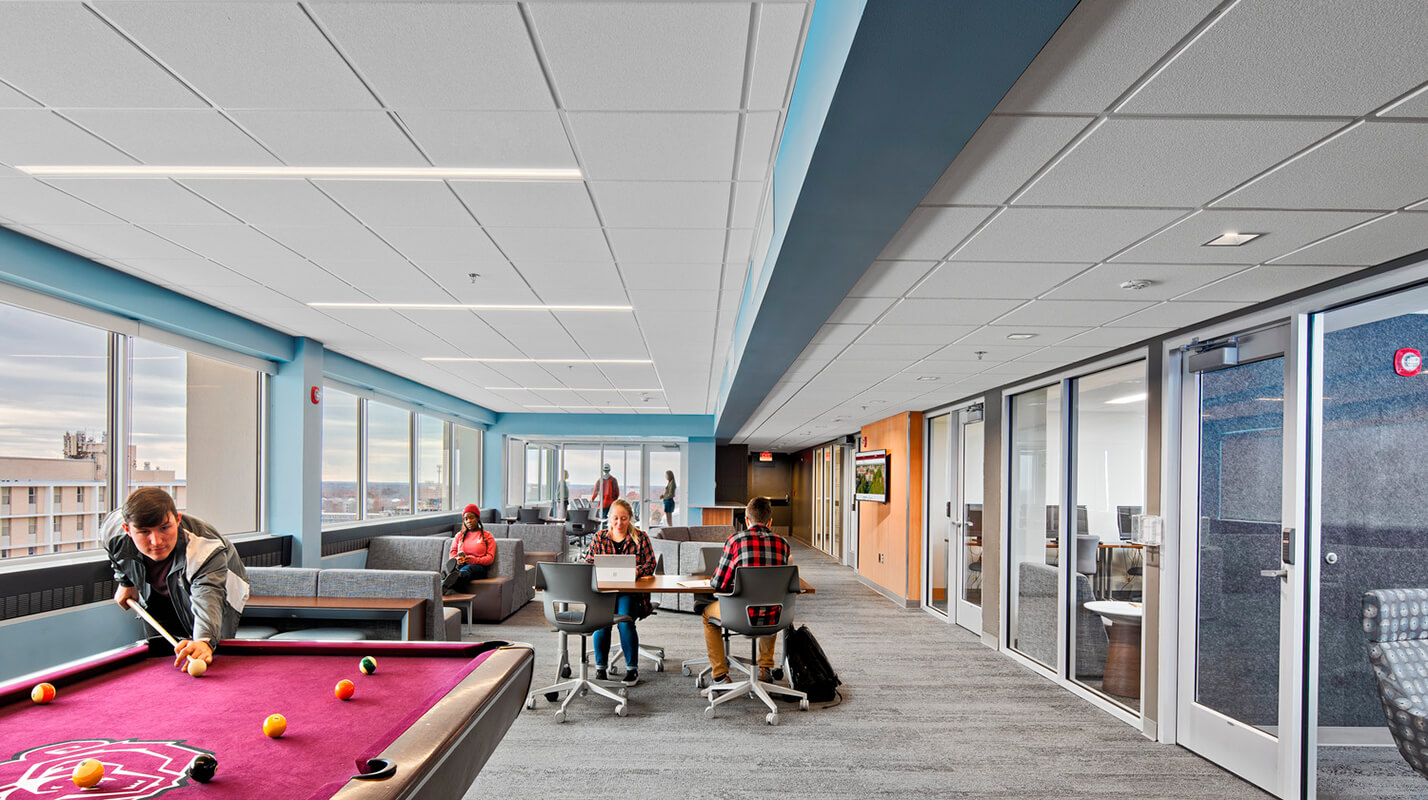
Next in the investigation phase, the team establishes a Current Replacement Value (CRV), the estimated cost to construct the same building in today’s dollars based on the square footage and current unit costs for the building type. Then the team determines the projected annual maintenance budget, which is typically 2–3% percent of the CRV but can vary depending on the type of facility and systems used.
The assessment team then performs a methodical, room-by-room investigation accompanied by staff who are familiar with the building’s maintenance history. All building areas are examined, and deficiencies are documented with photographs, marked-up drawings, and/or software. The investigation documents the condition of the building’s site elements, structure, envelope, fenestration, interior finishes, doors and casework, stairs and railings, accessibility compliance, and mechanical, electrical, and plumbing systems.
The next step is to rate systems and components according to these categories:
- Immediate repair or replacement is recommended
- Repair or replacement is recommended within one to two years
- After repairs, 15+ years of useful life remain
- 15+ years of useful life remain
- No immediate maintenance required.
Then the team prioritizes observed issues according to these categories:
- Critical: Immediate attention is required because failure impacts the safety of the building’s occupants and maintenance personnel
- Urgent: Attention is required in the near future because failure has a major impact on the building’s function
- Important: Attention is required within five years, and the building has poor efficiency or appearance; failure has a minor impact on the building’s function
- Minor: Issues are aesthetic and have no current impact on building function.
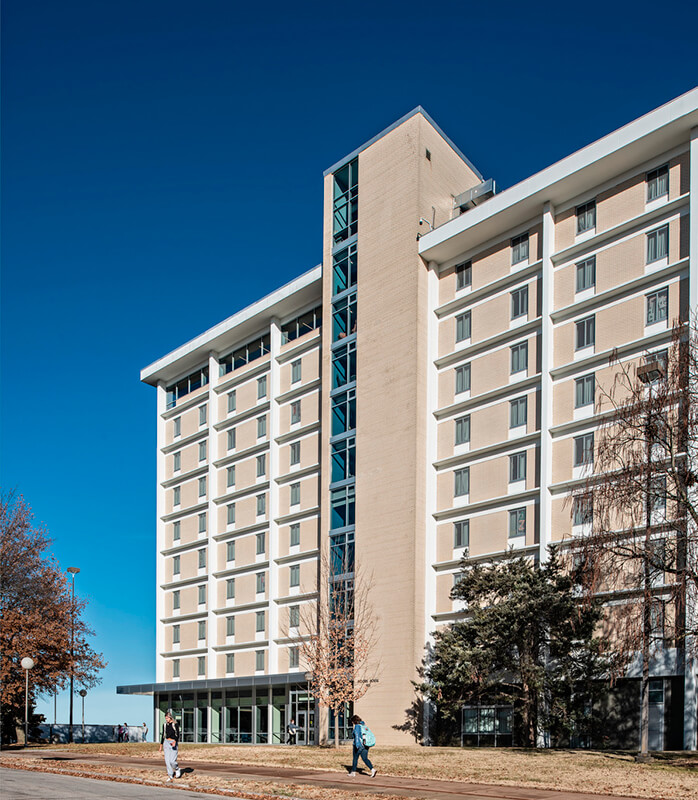
About the Woods House project
Woods House is a 10-story residence hall constructed in 1969 at Missouri State University. Treanor was contracted to study its renovation and was retained to complete a two-phase renovation of the building. The study included a review of the original drawings for the building as well as documents from past upgrades and remodel projects; a condition assessment of the exterior and interior; photography of the building and the site; a charrette to assess programming needs, upgrade priorities, expansion, and growth for living-learning components; and assistance in scheduling, code review, and cost estimating.
After the study, Treanor designed Phase 1 renovation updates, which included adding a study/flex space room and changing the traditional-style common bathrooms into clustered individual bathrooms. New HVAC was installed, and student rooms received updated finishes, lighting, furniture, and closets, as well as improved thermal efficiency and new windows.
Phase 2 renovations included interior-exterior door and security improvements and updates to the recreation room, computer lab, meeting rooms, and common restrooms. The building footprint at the main entrance and lounge was also improved.
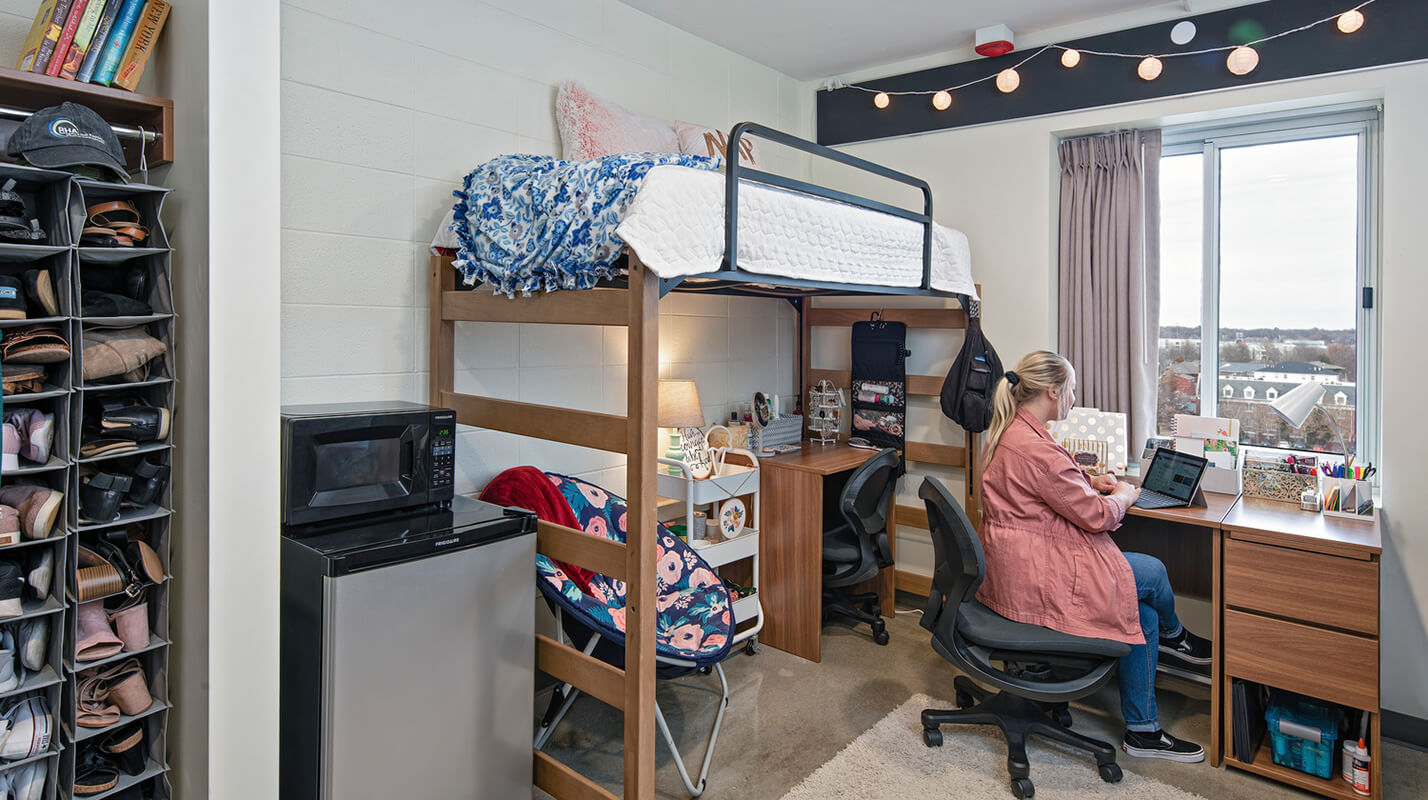
Next, the team prepares an order-of-magnitude cost estimate to correct each deficiency, either with repair or replacement. Costs are tabulated and categorized by their rating and priority and include the total cost of existing major maintenance repairs and replacements identified in the BCA. These costs are considered to be deferred maintenance and do not include program improvements or new construction.
Finally, the Facility Condition Index (FCI) is calculated, which is the total cost of deferred maintenance (DM) divided by the Current Replacement Value (CRV), expressed as a percentage: Facility Condition Index (FCI) = DM / CRV The higher the FCI, the poorer the condition of the facility. An FCI above 60 percent indicates that the building is irreparable and should be considered for demolition. The FCI can also be used to prioritize maintenance and determine how long a building should stay in operation.
Phase 3: Evaluation
The next phase is evaluation. At this point, evaluation of findings becomes more iterative as the owner and BCA team discuss such issues as cost, campus finances, solutions, and project phasing based on the owner’s goals, objectives, and priorities. The first step in this discussion is prioritization, which includes consideration of phasing strategies, costs of renovation versus new work, and other financial drivers. Deferred maintenance repairs may be separated according to whether they can be performed in-house or by outside sources. Projects may also be packaged by scope or phases.
The BCA team also classifies work into the annual maintenance budget (as a percentage of the CRV) or a capital renewal plan, which includes the cost of planned maintenance and the cost of facility adaptation. “Projects are typically covered by the annual maintenance budget or by a capital renewal plan,” says Dick. “These determinations may require lengthy evaluation and discussions with the stakeholders and are further studied during a financial analysis.” Financial drivers may include those related to the college or university’s overall program, capital budget, or the operating pro forma. It is important that the team study relevant drivers and include them in the assessment data.
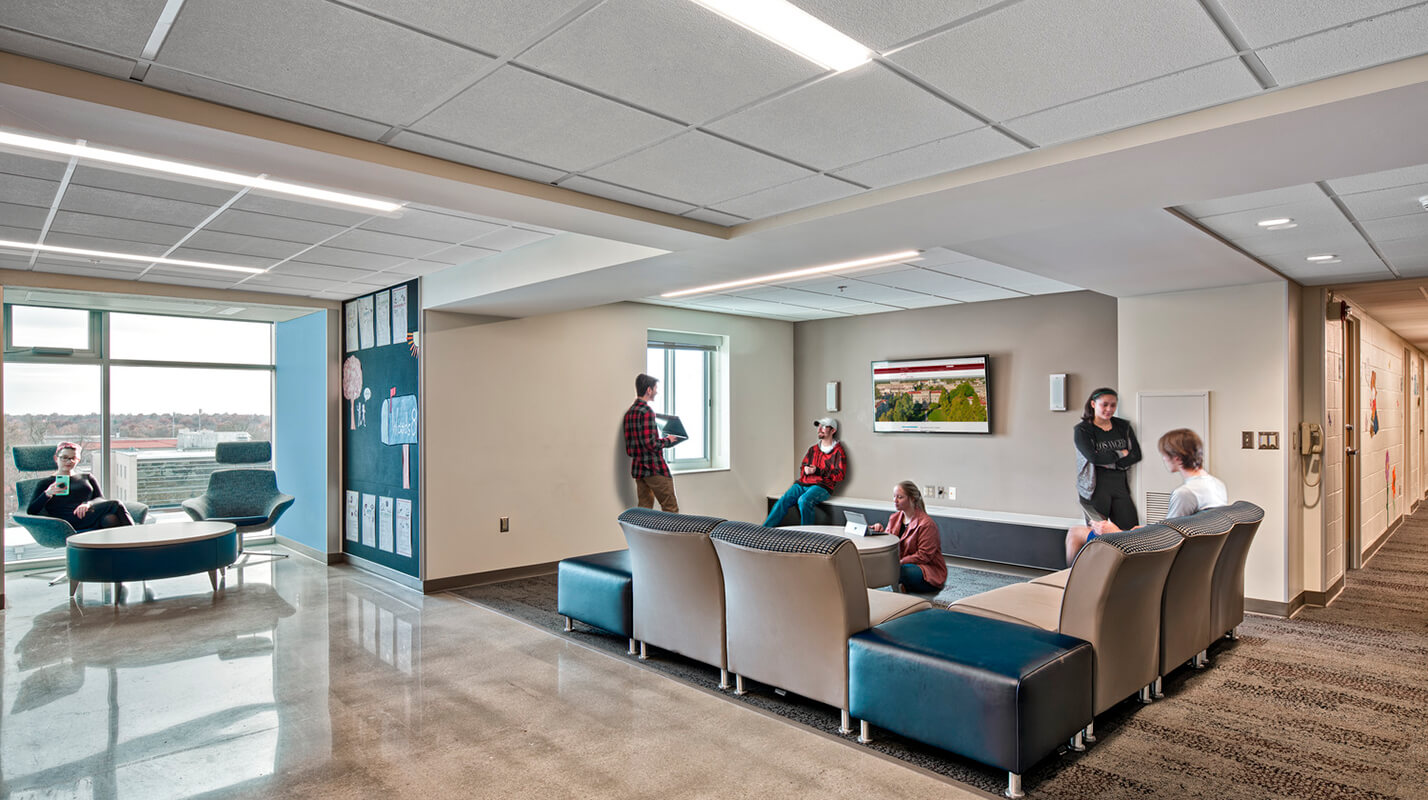
Phase 4: Recommendations
The final phase is recommendations, which involves the assembly and presentation of assessment findings tailored to best fit the owner’s needs and priorities, in alignment with the visioning that was done in the first phase. With a comprehensive and complete BCA in hand, facilities staff can be confident that their maintenance and capital expenditure decisions are not based on guesses and gut-feels, but on actual building data that accounts for many types of building circumstances and conditions. The next section highlights one campus’s journey through the comprehensive building condition assessment process.
The Missouri State University BCA
MSU has 24,000 students at the Springfield campus, which includes 10 student housing buildings: two apartment, three community, and five suite-style. The newest facility, an apartment-style building, was purchased from a developer when it was a year old. Prior to this, the newest university-built facility was a suite-style building that opened in 1992. MSU had completed interior renovations of two buildings in 2014 and 2015. At the time of this assessment, MSU was between renovations of the Woods House project and had seven other buildings that had undergone minimal renovation work.
While MSU had strong housing occupancy, they experienced declining numbers of graduating high school students and competition from off-campus apartments. They were also engaged with a developer to purchase a new 400-personresidence hall. Their reserves would be used for this purchase, and they wanted to make sure that university administrators and decision-makers were aware of building needs as they considered budget, transfers, and how the university would move forward. They had also completed a Council for the Advancement of Standards in Higher Education review, and one of the identified gaps was the need for a master plan.
Christy Prescott, an architect at Treanor, led the MSU building condition assessment, which included generating the plan, conducting building walkthroughs, preparing a condition report, providing cost estimating (maintenance budget), and developing the financial report (prioritization and packages). The project scope was for 10 buildings and encompassed about 1.2 million gross square feet.
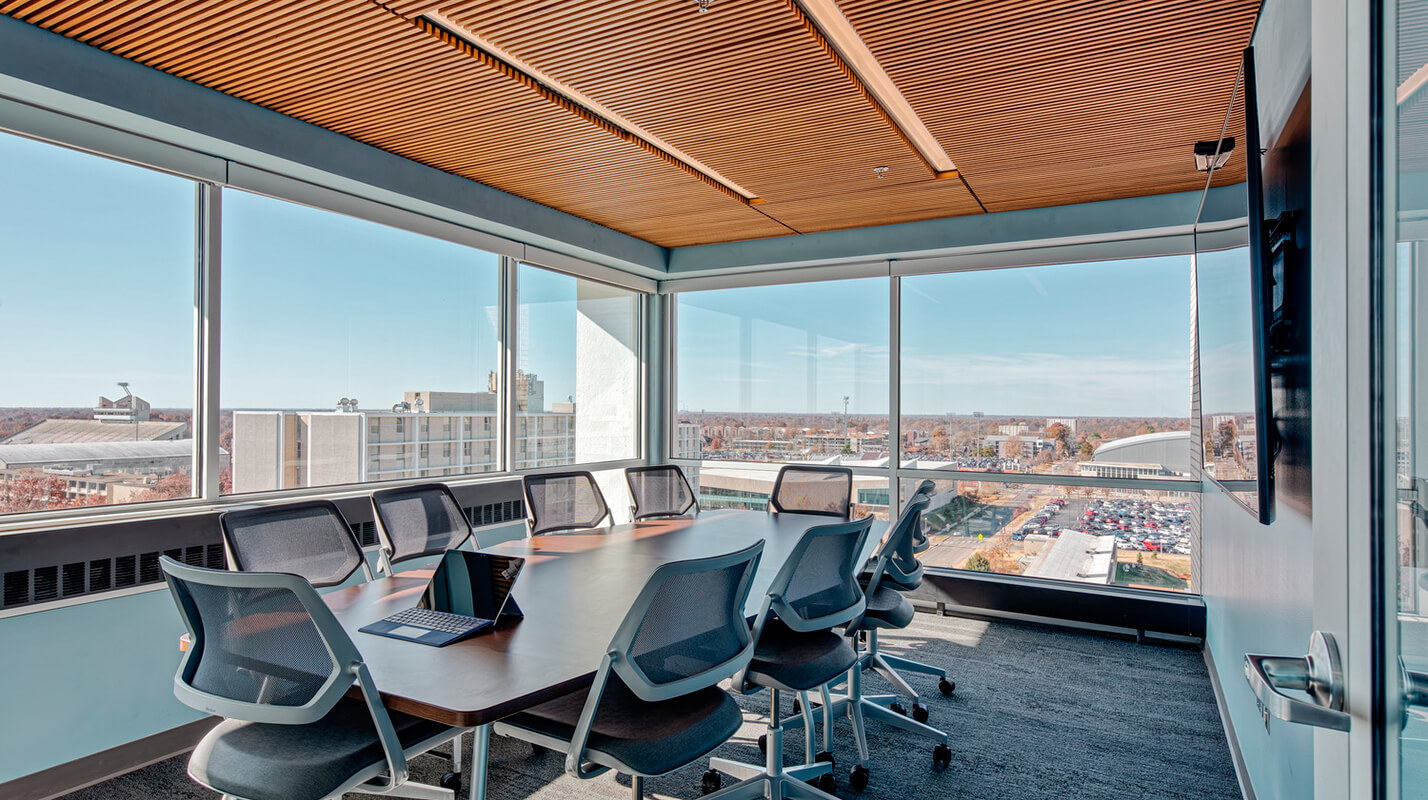
We came away with a living document that is useful not only for our housing department, but also for our administration. Our CFO is especially appreciative of this document.
Teresa Frederick, Associate Director of Facilities Management at Missouri State University
“It’s helpful for our planning, design, and construction team and the facilities management team as we partner and plan for how we move forward,” says Teresa. “Each of those groups has a different lens, and as we navigated with Treanor for that final deliverable, we made sure we had something that was digestible and usable for each of those groups and their respective needs.”
Teresa confirms that this assessment process was the path her campus needed to follow. “In the end, there’s significant value in knowing where you stand with current facilities. This is an excellent living roadmap and allows us to plan well for our students.”
This article was featured in the Jan/Feb 2022 issue of ACUHO-I Talking Stick Magazine. You can view the feature here.
Authors
Stay on the leading edge
Stay up to date on emerging trends, research, hot topics, and more delivered conveniently to your inbox.
"*" indicates required fields

